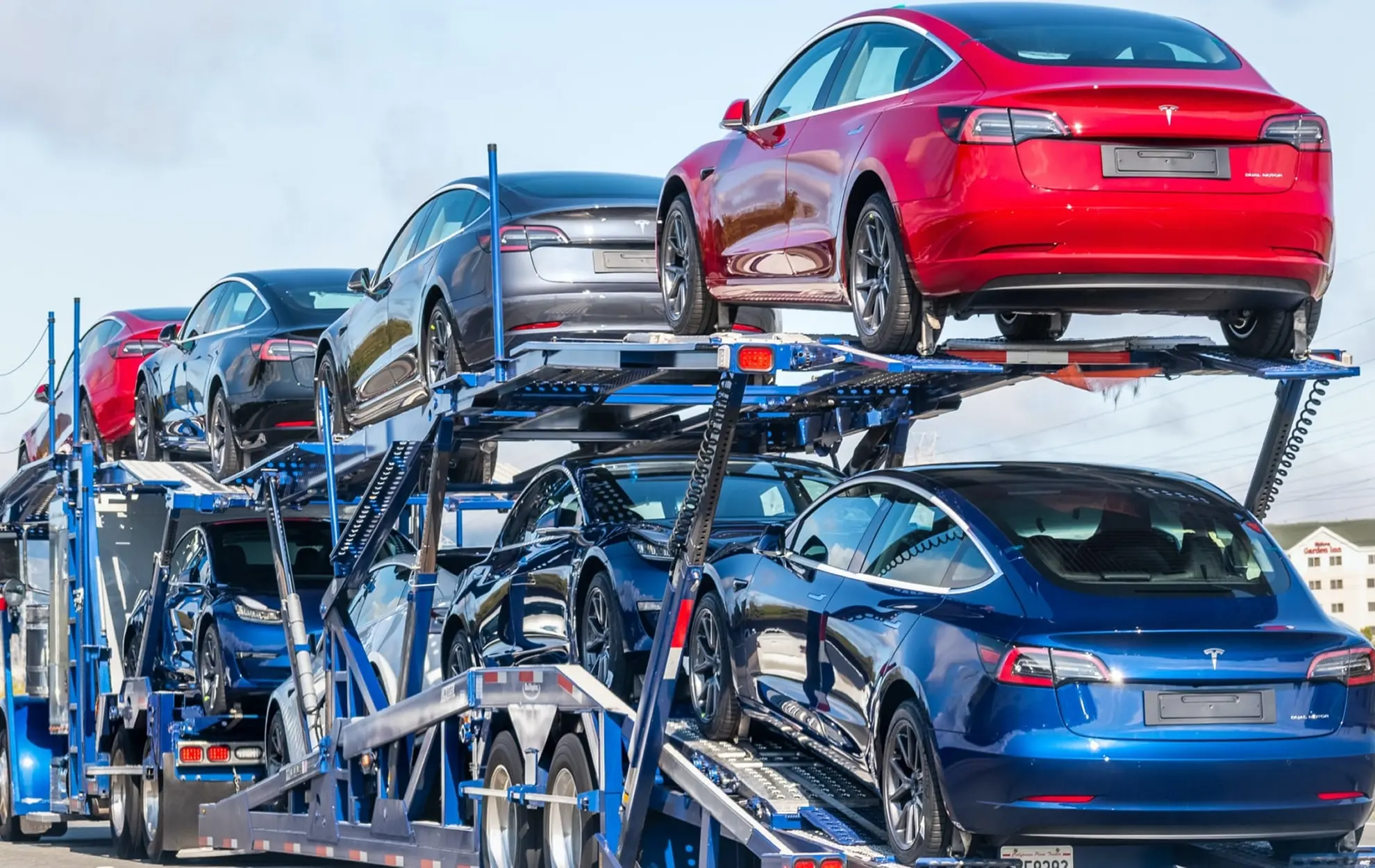If you’re new to car shipping in Austin, TX, this quick 101 guide will walk you through each stage of the auto transport journey. Understanding the steps helps you feel confident and prepared from the moment you request a shipment.
The process begins with a broker—like Sakaem Logistics—who acts as a middle‑man between you and the carrier. Brokers compare multiple carriers, verify insurance, and secure the best match. Carriers are the drivers and trucks that actually move your vehicle.
First, call a reputable broker for a free quote. Provide the pickup address, destination, vehicle details, and preferred dates. The broker will ask a few simple questions and then give you a clear estimate of the service.
Next, the broker selects a carrier that meets your needs. A good broker only works with carriers that have solid safety records, positive reviews, and adequate insurance coverage. The carrier’s schedule is then aligned with your timeline.
On the agreed pickup day, the carrier arrives at your Austin location. They will inspect the car, confirm the condition, and load it onto an open or enclosed trailer. Make sure the vehicle rolls freely and has about a quarter tank of fuel.
During transit, the carrier transports your car to the destination city. You can track the shipment if the broker offers a tracking portal. The carrier follows all road regulations to keep your vehicle safe.
When the car arrives, the driver conducts a final inspection and you sign off on the delivery. Payment is typically collected at pickup or delivery, depending on the agreement you set with the broker or carrier.
A few practical tips: choose an enclosed trailer for high‑value or classic cars, remove all personal items, ensure the car can roll, and keep the gas tank at roughly a quarter full. Following these steps makes auto transport smooth and worry‑free.


